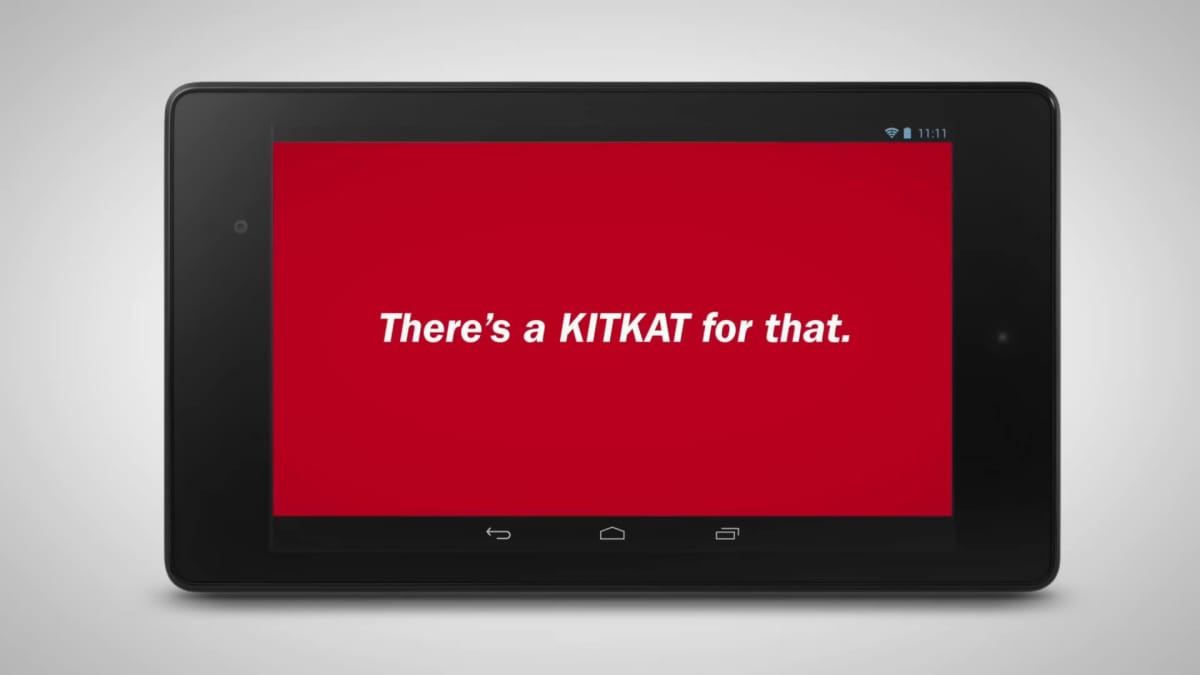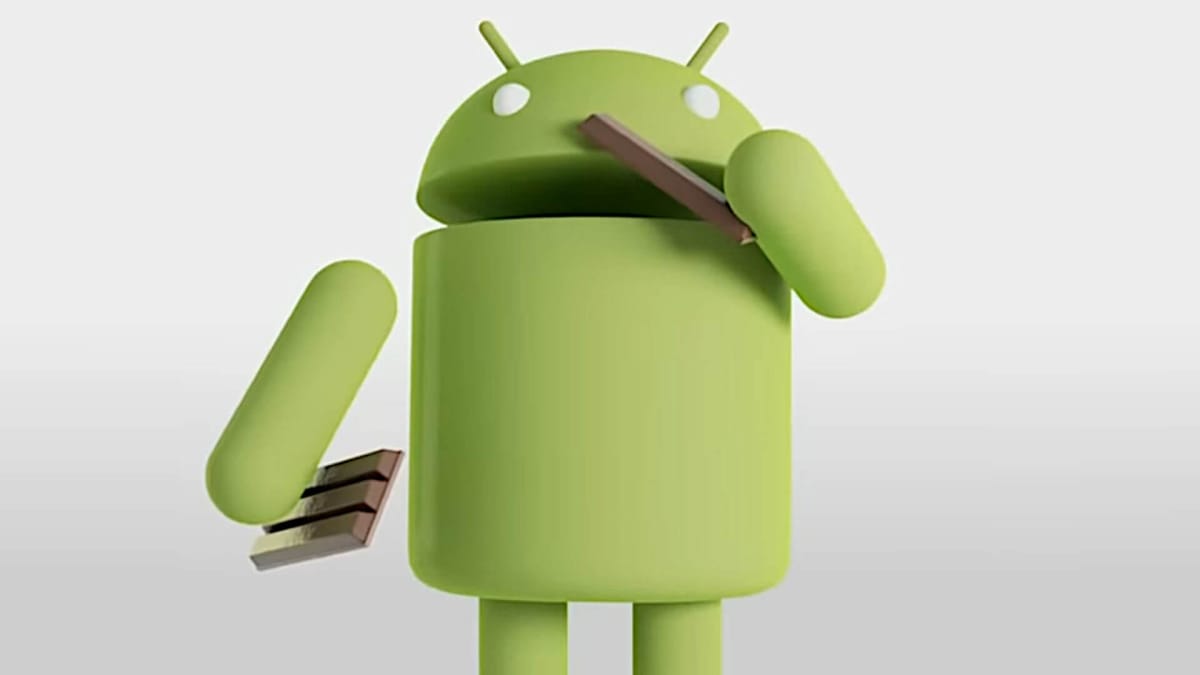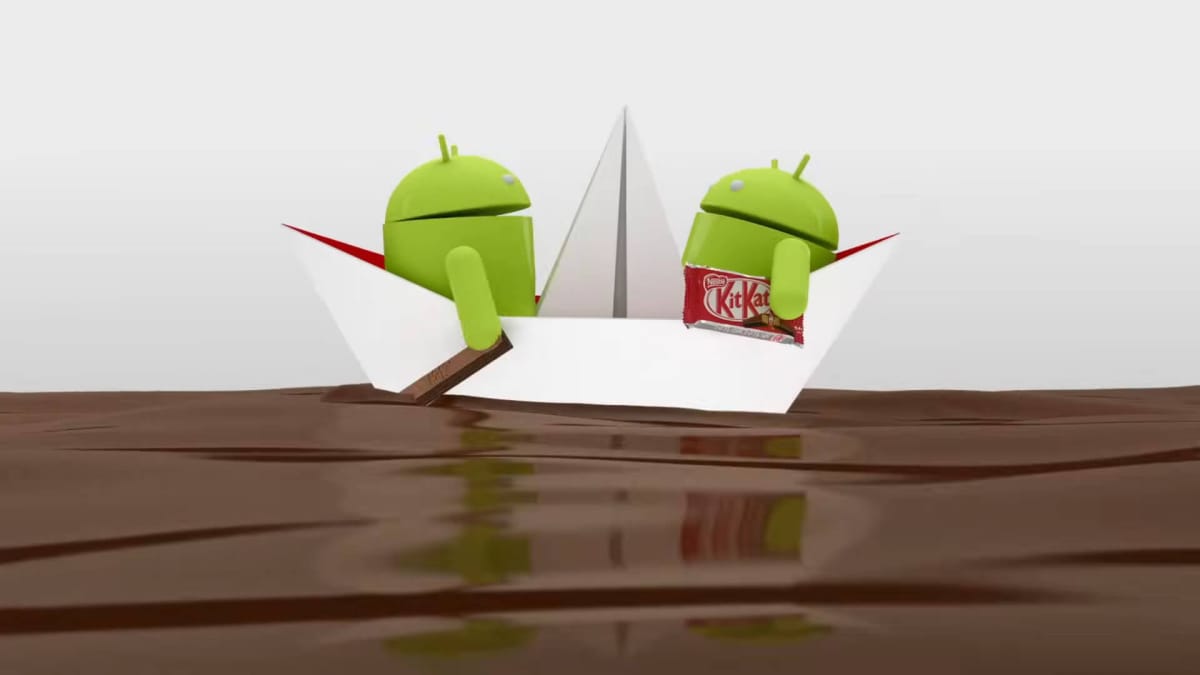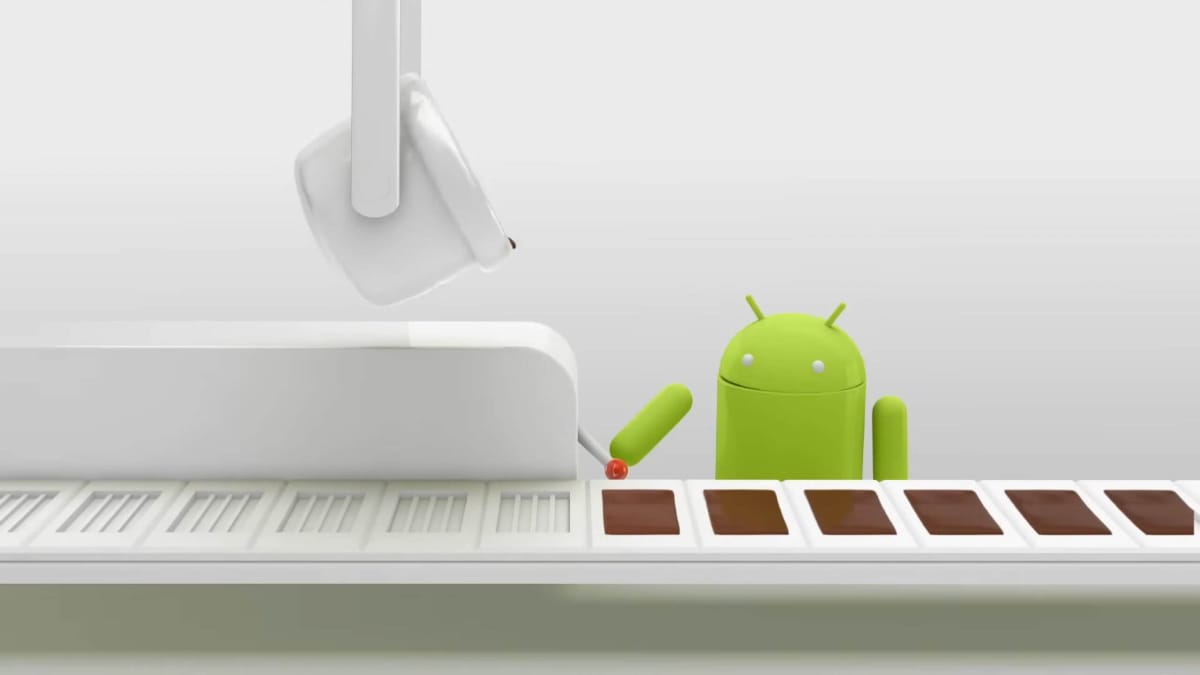Android 4.4, also known as “KitKat”, has been described by Google as a release for “everybody”. One of the defining features is to improve performance and efficiency to ensure KitKat could run on lower-speced devices.
Even in 2013, some lower-end devices were still shipping with Android 2.3, “Gingerbread”, because of the increased system requirements of newer releases of Android. Google claims that KitKat is capable of running devices with as little as 512MB of RAM.
As of publication, 26.3% of devices that access the Google Play store are still running Gingerbread, with over half running some variant of Jelly Bean.

Some of the key features Google has put into KitKat include greater voice integration, default Chromecast support, and QuickOffice being loaded by default.
You can also look forward to the new version of Android making multitasking faster, adding printing support, and updating the Bluetooth stack, as well as updating stock applications, introducing pedometer support, and low-power audio playback.
Support for infrared blasting is now built into Android, following features that HTC and Samsung have already included in their flagship HTC One and Galaxy S4 devices.
With voice recognition, the way Google Now is integrated into the Moto X becomes a feature for all: saying “OK Google” is all one needs to do to activate Google Now.

Google's search engine is further baked into Android through what Google describes as a “smarter caller ID”. If you are called by a number that is not in your contacts, Google will search local businesses listed on Google Maps and display the name if there is a match.
Google has also made a number of changes that are targeted towards energy consumption. With KitKat, devices can act as a pedometer for fitness apps, and Google claims that this is more energy-efficient than previous methods.
Android 4.3 introduced low-power Bluetooth for use in devices like Fitbit's wristbands and smartwatches, allowing constant connection with lower power consumption. Developers of devices such as the Fitbit will find these new features attractive.
Low-power audio playback ensures power savings by tunneling audio directly to the digital signal processor and not the CPU, which is another power saver Google has put in, but as of right now it only works on the Nexus 5.
Google claims “up to 60 hours” of audio playback under this method, and the company is working with chip vendors such as Qualcomm to ensure all future chips support this feature. Because hardware support is needed, this is not a feature that will be backported to existing devices, including Nexus devices.

Facing competition from Apple's iWork and Microsoft's planned releases of Microsoft Office on mobile platforms, Quickoffice will be a standard part of Google Apps in Android 4.4.
While Google purchased Quickoffice and has made it a free download on the Play Store, with 4.4 it must be one of the bundled apps for Open Handset Alliance members, which includes all major Android OEMs.
QuickOffice has Google Drive integration, making saving and editing documents from your device and your main computer seamless. Print support is also a component of this, making a phone or tablet all you need to edit documents in a hurry.
Many of the stock applications are being slowly replaced with more Google-centric versions. The default Android browser is now being replaced with a Chromium backend. Messaging is being pushed aside in favor of Google Hangouts for SMS, where it can also function as an IM service to bypass carrier charges the way iMessage does.
In another action to bypass carriers and their often nonsensical and inane desires for control over the system, Google Wallet has been redesigned to use NFC differently.
Carriers like Verizon block access to the secure element needed for credit card transactions (for what it claims are security reasons), but it's highly speculated that the real reason for this is to block competition with the proprietary ISIS platform.
Google Wallet now bypasses this completely by emulating a host card. Any app can do this through emulation, regardless of whether or not the carrier allows access to the secure element.
4.4 is a feature-packed release. When Jelly Bean was launched, Mattias Duarte stated on Google Plus that he was only about a third of the way to what he wanted Android to be.
Jelly Bean introduced improved responsiveness, called Project Butter. KitKat improves upon that, and takes efforts to minimize the extent to which carriers can intervene in Android customization. Hardware requirements have dropped considerably.
I wonder where Duarte feels Android is right now. There have been major improvements since Jelly Bean; the only major thing I can think of that Android is missing is low-latency audio.
As of right now, only the Nexus 5 supports KitKat officially, but various developers on XDA-Developers have been porting features to ROMs for other devices.
Google has promised official support for the Nexus 4, 2012 Neuxs 7, 2013 Nexus 7, Nexus 10, Google Experience HTC One, and Google Experience Samsung Galaxy S4 within the next few weeks.
Ironically, the Galaxy Nexus is being dropped from official support in a release that highlighted use on lower-end devices, although the discontinued Texas Instruments hardware in the Galaxy Nexus makes updates difficult.
We'll be giving a more thorough review of KitKat as it rolls out. Stay tuned. In the meantime, Google's breakdown of new features and information for developers can be found here.







